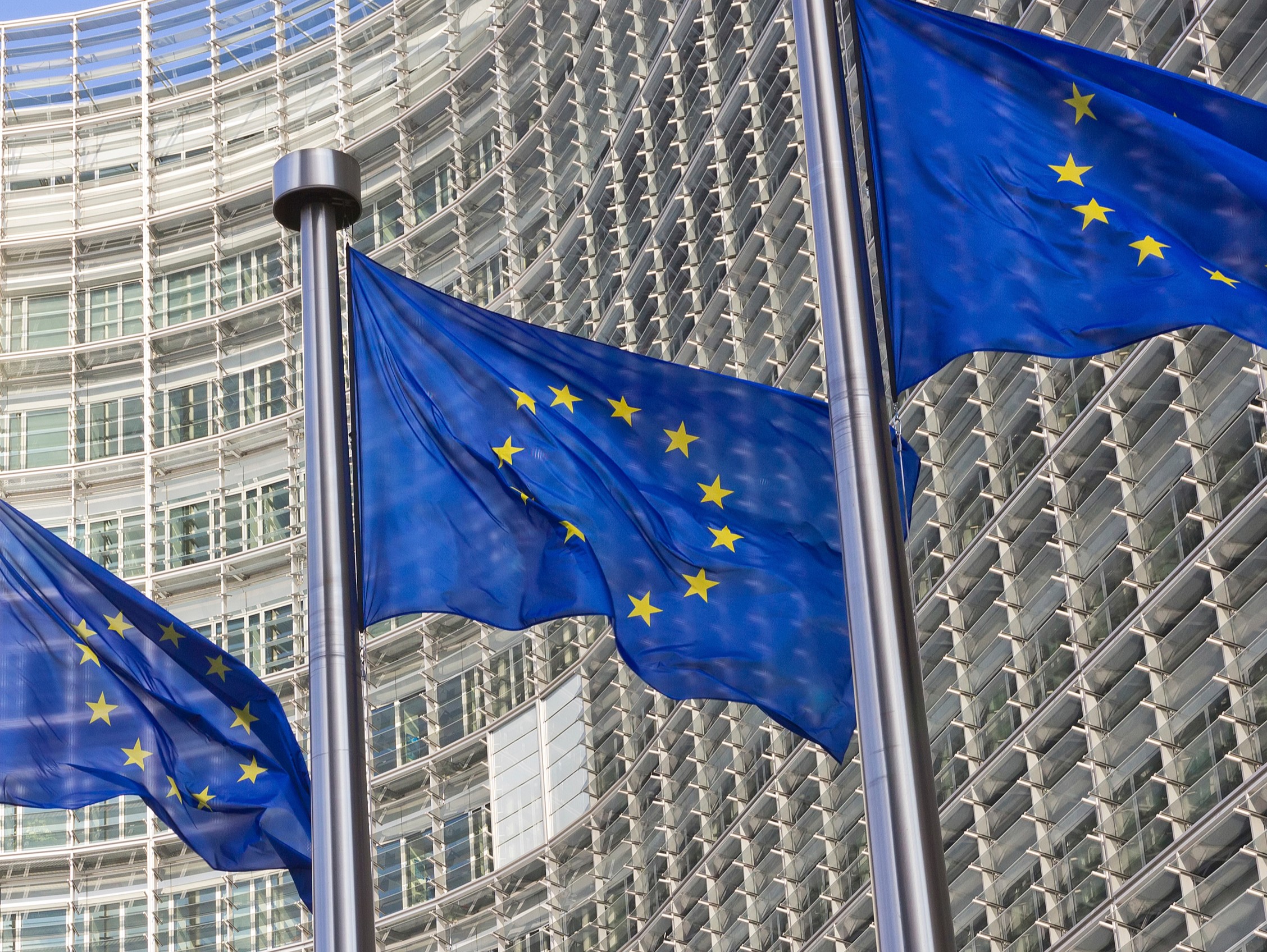
In September 2014 Vakblad Voedingsindustrie and FoodInBusiness reported on research into the transport of partially chilled carcasses in the light of a possible amendment to EU legislation. It’s high time for an update.
Member States have requested the European Commission (EC) to amend the law (853/2004) in order to allow the transport of partially chilled carcasses (under specific conditions). Therefore, in January of this year, two experts (Theo Verkleij from TNO and Annemie Geeraerd from KU Leuven) were invited to present their relevant research findings to the European Commission Health and Consumers Directorate-General, Unit G4.
In the presentation of the mathematical model composed by TNO for the determination of the temperature-time profile for the chilling of carcasses, the temperature development of carcasses was demonstrated from the start of cooling after slaughter up to and including cold storage and/or transport. Theo explains: “The model indicates the moment at which the average temperature of the carcass reaches 7°C: the point at which according to the law 100% of the required energy has been removed from the carcass. From that point in time, it is perfectly possible to transport beef, veal or pork carcasses. Under those conditions, providing that the ambient temperature of the carcasses remains below 5°C, the level of food safety will at least remain the same if not better than during normal cold storage. The growth of the pathogenic microorganisms identified by the EFSA – namely Salmonella, VTEC, Cysticercus and Mycobacteria as well as Listeria monocytogenes, Clostridium botulinum or C.perfringens and Staphylococcus aureus – has been investigated. Extra attention has been paid to spoilage bacteria such as Pseudomonas. In all calculations and situations involving the transport of the carcasses with an average temperature of 7°C, the identified growth of microorganisms was less than or the same as in the current situation.”
Annemie Geeraerd from KU Leuven held a presentation on the research conducted into carcasses of Belgian Blue cattle whereby 70% of the heat had been removed. Theo Verkleij: “Here, too, the researcher demonstrated that there is no increased food safety risk in carcasses transported in this way. One focal point in the study was the total amount of residual heat remaining in these carcasses. Partly due to the high weight of the carcasses of the Belgian Blue cattle, the remaining 30% energy to be removed and the cooling capacity of the truck, KU Leuven did not succeed in maintaining the temperature of the loaded truck at below 7°C. During the meeting, this gave rise to questions from the EC members present. After all, a temperature rise is undesirable. Luckily, before the meeting, the TNO model had been used to calculate the chilling of the Belgian Blue cattle. Those calculations revealed that even very heavy carcasses react in accordance with the physical parameters defined in the model. Hence it was possible to answer those questions satisfactorily.”
The EFSA posed an additional question about the risk of the spread of spoilage bacteria. During the meeting it was explained that this has been investigated and is mentioned in both the KU Leuven and TNO report; there is no increased risk. A second additional question about the behaviour of parasites in meat could only be answered by responding that the cooling curve of carcasses which are chilled to a core temperature of 7°C in the abattoir does not differ from the cooling curve of carcasses which are transported when their average core temperature reaches 7°C, provided that the ambient temperature during transport is just as low as during cold storage.
The conclusion of the TNO research has been adopted in a draft recommendation for an amendment to the current legislation. This includes an indication of the conditions under which partially chilled carcasses may be transported. On 11 March the EC made a new request (Sante/G4/AC/hh (2015)) asking for supplementary scientific advice with regard to the growth of spoilage bacteria. The EFSA has indicated that it will respond with its opinion by latest 31 October 2015. Various research organisations are currently working to gather this data and to submit it to the EFSA in report format.
At the moment, carcasses may only be transported when the maximum temperature at the warmest place in the carcass is 7°C or lower. Theo Verkleij sums up the current status: “In a number of cases it is possible to request an exemption from the Netherlands Food and Consumer Product Safety Authority (NVWA) for the transport of meat and/or carcasses. The request must be supported by research, and the exemption is valid in The Netherlands only. The new situation will become clear after 31 October; then, we will know from which point in time carcasses may be shipped and transported, also across borders.”
Source: Vlaggen: ©iStock/Frotog